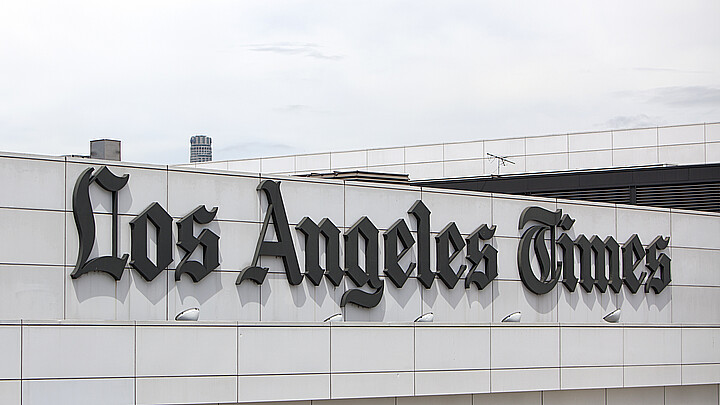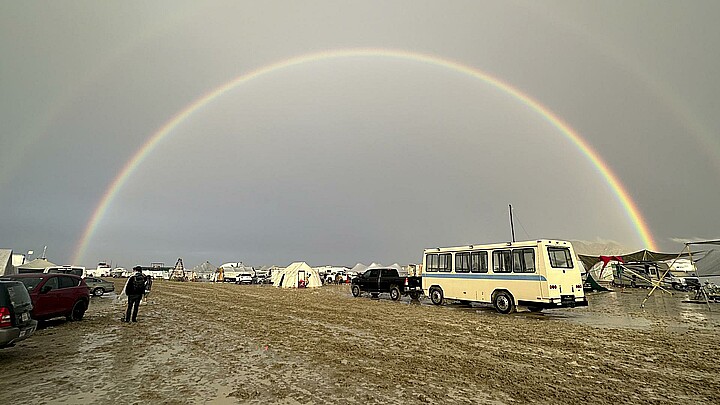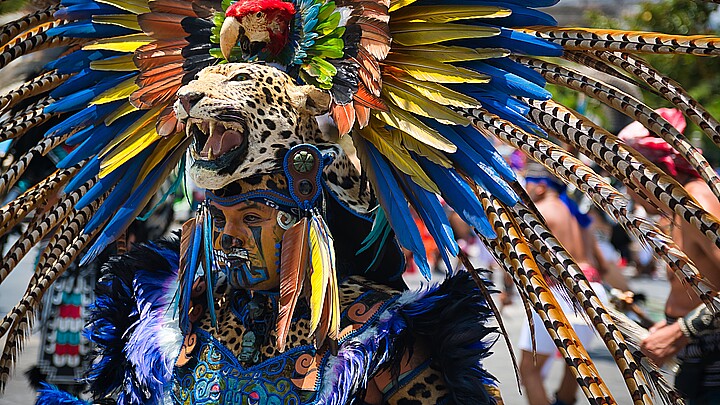Culture
Sacred statues of Mexican historical figures, Aztec leaders disappear from Los Angeles park
For several years many statues and monuments have vanished including actor Agustín Lara, postmodernist poet Ramón López Velarde, Mexican Presidents Benito Juárez and Lázaro Cárdenas, Emperor Cuauhtémoc—an Aztec ruler of Tenochtitlán—and revolutionary leaders Emiliano Zapata and Pancho Villa

January 12, 2023 9:12am
Updated: February 19, 2023 1:58pm
Thirty three sculptures including busts, plaques and statutes of significant Mexican historical figures and Aztec rulers have mysteriously disappeared after decades in El Parque de Mexico in the Lincoln Heights area of Los Angeles.
The issue, which was first detected by Los Angeles Times columnist Gustavo Arellano, came to light on Jan. 4 and has since been investigated by other local outlets in the Southern California area.
“It hurt me as a Mexican American to know that something like that could be allowed to happen, something of that grandeur to be allowed to just be destroyed,” Frank Villalobos, one of the park’s original planners told NBC News.
Among the 33 sculptures missing were statues of Mexican revolutionary leader Pancho Villa, but it was found by the Los Angeles Police Department after a Los Angelino bragged about having it in his backyard. Unfortunately, the statue disappeared again after Los Angeles authorities reinstated the monument.
For several years however, many other statues and monuments have vanished including actor Agustín Lara, postmodernist poet Ramón López Velarde, Mexican Presidents Benito Juárez and Lázaro Cárdenas, Emperor Cuauhtémoc—an Aztec ruler of Tenochtitlán—and revolutionary leaders Emiliano Zapata and Pancho Villa. A Statute of Gen. Ignacio Zaragoza, who emerged victorious in the famous Battle of Puebla that immortalized Cinco de Mayo also went missing.
“It’s a direct hit to the Mexican population of Boyle Heights and Lincoln Heights,” Villalobos explained. “The only thing that they couldn’t take are the heavy things like horses, full standing figures — but given enough time and they’ll take those down, too.”
The statutes and monuments were originally installed in a collaborative effort between the City of Los Angeles and the United Mexican States in the 1970’s to promote the cultural heritage and history of the Mexican American community and educate visitors as to its rich history.
“There’s been a lot of faults and the neglect of such a beautiful art collection in the city of Los Angeles. It’s a shame,” Villalobos said.
The concerned Los Angelino is now concerned that other city sites may be hit, such as Boyle Heights' Mariachi Plaza, other landmarks his firm helped plan.
The City of Los Angeles however is not taking the issue lying down and are planning to revive the park as it once was, as police detectives continue to hunt the perpetrator(s).
Jennifer Barraza, Chief of Staff at the office of Los Angeles City Councilman Kevin de León said their office is actively working to restore El Parque de Mexico and Lincoln Park.
Both of those locations became part of by de León's district (CD-14) after the county redistricted the area last year.
“Everyone goes and spends time... at Lincoln Park, but Parque Mexico is kind of left alone especially as it’s gone into worse shape,” Barraza told NBC.
“People don’t really hang out there, and then there’s been a homelessness issue in the area for years… Over the next five years, I think that area is going to look a lot different."
In an interview with Arellano at the Los Angeles Times, Barraza said they are still assessing the damage and losses, but they are hoping to work with both the city and the original donors of the art to restore the park.
“We won’t even know until we get that [what is] the extent of the damages and what needs to get fixed,” she told the Times.
“The plan after that is to restore El Parque as part of a larger project around Lincoln Heights, and team up with city departments and reach out to the original donors and artists behind the busts to see how everyone can bring back the park to its past. But what’s the saying? You make plans, God laughs.”
Nearby Lincoln Park was designed by the City of Los Angeles in 1881 and was one of the blossoming city’s first parks when California was just a new state after the famous 1846 Bear Flag Revolt led by John C. Fremont, who later became the state’s first U.S Senator.
Fremont also served as the Republican Party’s first presidential candidate in 1856 on an abolitionist platform to eliminate slavery before President Abraham Lincoln’s successful run in 1860.
The park was originally named East Los Angeles Park and then Eastlake Park in 1901. It was renamed Lincoln Park after nearby Lincoln High School on May 19, 1917.










